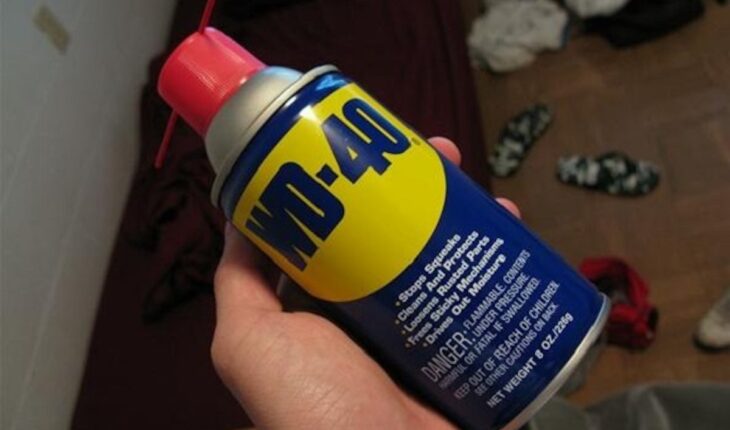When embarking on a painting project indoors, particularly when painting window frames or door frames, keeping the knobs clean and free from paint droplets can be a challenge. But fear not, WD-40 comes to the rescue with a simple yet effective solution. Before you begin painting, take your can of WD-40 and give the knobs a light spray. The lubricating properties of WD-40 create a protective barrier, preventing paint droplets from adhering to the knobs. When paint does come into contact with the treated surface, it simply slides right off, leaving your knobs pristine and paint-free. This easy preventative measure saves you time and effort in cleaning up after your painting tasks.

Paint Job
But that’s not all WD-40 can do for your painting endeavors. If you’ve forgotten to clean your paintbrush after a session, don’t worry. WD-40 can rehydrate dried paint on brushes, giving them a new lease on life and saving you from having to replace them. Additionally, if any paint accidentally spills onto tile floors, WD-40 is a reliable solution for removing those stubborn paint stains. Its lubricating action helps break down the paint, making it easier to clean the floors without damaging the tiles. And if you find yourself struggling with a stuck paint can lid, look no further than WD-40. A quick spray on the lid’s edges and a gentle twist will have that lid opening smoothly in no time.
With WD-40 by your side, your painting projects can become more efficient and less stressful. From protecting your knobs to rejuvenating paintbrushes and handling accidental spills, this versatile spray is a valuable asset in your painting toolkit. So, the next time you’re ready to paint, don’t forget to grab your can of WD-40 and enjoy a smoother, mess-free painting experience.

